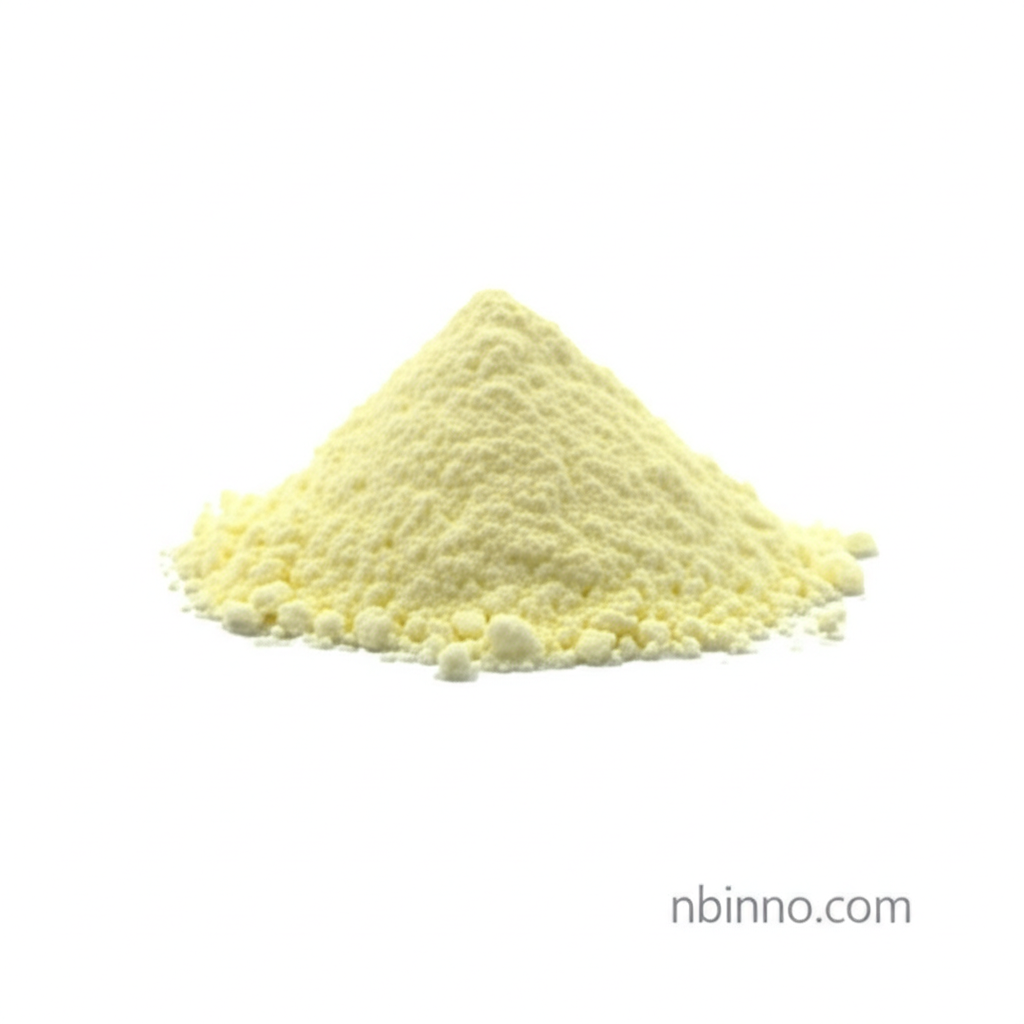5-Chlorosalicylamide (CAS 7120-43-6): A Versatile Fine Chemical Intermediate
Discover the essential properties and applications of this key organic compound.
Get a Quote & SampleProduct Core Value

5-Chlorosalicylamide
5-Chlorosalicylamide, identified by CAS number 7120-43-6, is a crucial fine chemical intermediate with diverse applications in organic synthesis. Its precise chemical structure and properties make it a valuable building block for creating more complex molecules.
- Explore the '5-Chlorosalicylamide CAS 7120-43-6 uses' for potential applications in various synthesis pathways.
- Understand the '5-chloro-2-hydroxybenzamide properties', including its melting point of 223-226 °C and typical white to light yellow powder form.
- Learn about the importance of sourcing 'fine chemical intermediate synthesis' materials from reliable suppliers.
- Investigate opportunities to 'buy 5-Chlorosalicylamide online' to support your research and development needs.
Key Advantages
High Purity and Quality
This chemical intermediate is often available with high purity levels, such as '5-chloro-2-hydroxybenzamide properties' exceeding 97%, ensuring reliable results in your reactions.
Versatile Chemical Building Block
As a 'fine chemical intermediate', it serves as a versatile component in the synthesis of pharmaceuticals, agrochemicals, and other specialty chemicals.
Global Availability
You can easily find '5-Chlorosalicylamide suppliers China' and other regions, ensuring a stable supply for your manufacturing or research requirements.
Key Applications
Pharmaceutical Synthesis
The '5-chloro-2-hydroxybenzamide price' and availability make it a cost-effective choice for synthesizing active pharmaceutical ingredients (APIs).
Agrochemical Development
Its structure lends itself to the development of new pesticides and herbicides, contributing to agricultural innovation.
Material Science
As an organic compound, it can be utilized in the creation of novel materials with specific properties.
Research and Development
Scientists rely on high-quality intermediates like this to explore new chemical reactions and discover novel compounds, making 'chemical intermediate applications' a broad field.
